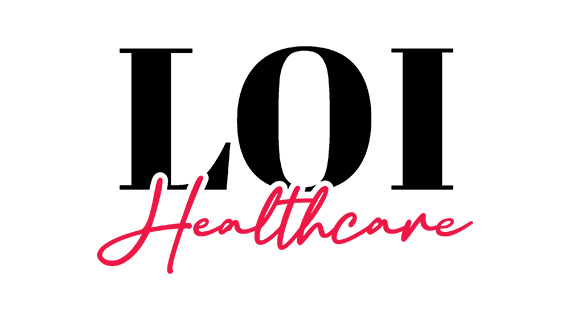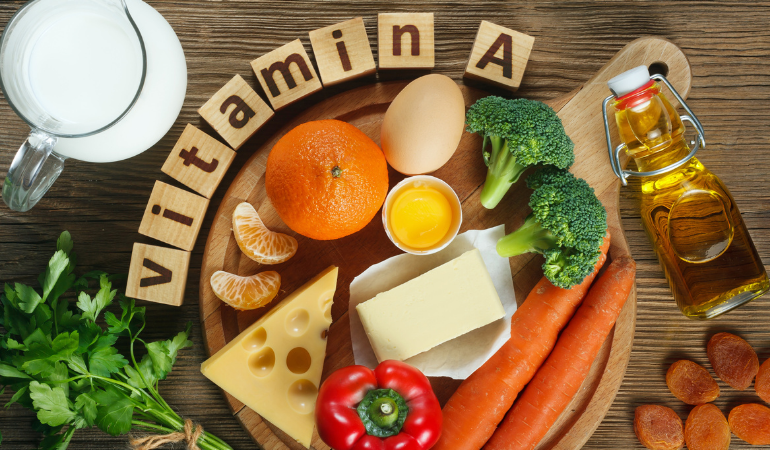Vitamin A
What is Vitamin A?
Vitamin A, which is in the fat-soluble vitamin group, is also called retinol. Vitamin A is found in foods in two different forms. It is preformed in animal products such as meat and dairy products, while in plants Provitamin A (beta-carotene) is converted into vitamin A in the body. Approximately 8% of the beta-carotene found in foods is converted into vitamin A in the body. The liver stores 90 percent of the body’s vitamin A. The need for vitamin A can be easily met from foods. Vitamin A is found mostly in fatty fish, dairy products, eggs, and liver; It can also be dangerous if vitamin A supplements, anticoagulants, cancer drugs such as bexarotene, hepatoxic drugs, or prescription retinoids are used.
What does Vitamin A do?
Vitamin A is also an organic (carbon-containing) compound that is necessary to ensure the smooth functioning of the body’s metabolism. It is necessary for vision, growth, reproduction, embryo development, blood production, immune system, and tissue cell growth. It helps in the formation of the body’s immune system against diseases. It takes part in the construction, development, and protection of epithelial tissues such as intestines and skin. It protects against infections by ensuring the healthy continuity of the skin and tissues in the mouth, stomach, small intestines, and urinary tract.
Carotenoid forms work as an antioxidant and may have a protective effect against various types of cancer and aging-related diseases. It helps the eyes see normally in the dark and get used to twilight.
What are Vitamin A benefits?
Vitamin A; It is used in visual function, repairing and strengthening the skin, healing skin diseases, healthy formation of teeth and bone structures, and infections caused by viruses. Vitamin A helps the immune system stay healthy and function at its best. Since vitamin A is a powerful antioxidant, it is used in cardiovascular diseases and as an agent that strengthens the immune system. Vitamin A protects against various types of cancer and aging-related diseases.
It is also used in sun-sensitive diseases. Vitamin A is necessary to maintain a healthy reproductive system in both men and women, as well as to ensure the normal growth and development of embryos during pregnancy.
What are the benefits of vitamin A for the skin?
Research shows that in the long term, a diet rich in vitamin A may be a good preventative for pre-aging and potentially reduce the risk of skin cancer. Vitamin A is involved in the construction, development, and protection of epithelial tissue such as skin.
Retinoic acid or retinoids are vitamin A derivatives that are effective in the formation, maturation, and excretion cycle of the cells in the uppermost layer of the skin, which lasts 21-25 days.
Which foods contain the most Vitamin A?
Vitamin A in the form of retinol is obtained from foods of animal origin such as liver, fish oil, milk, butter, and eggs. Vitamin A can also be produced from some carotenoid antioxidants found in plants. It is mostly found in yellow and orange (carrots, winter squash, etc.), dark green leafy vegetables, and yellow and orange fruits (apricots, peaches, etc.).
Some of the best sources include:
- Eggs (75 micrograms in a large egg)
- Salmon (59 micrograms in 85 g)
- Plain yogurt (1 cup 32 micrograms)
- Canned tuna (20 micrograms per 85 grams)
- Sweet potatoes (1,403 micrograms in one medium sweet potato)
- Carrots (half cup raw 459 micrograms)
- Melon (135 micrograms in half cup)
- Red bell pepper (half cup 117 micrograms)
- Dried apricots (63 micrograms in 5 pieces)


